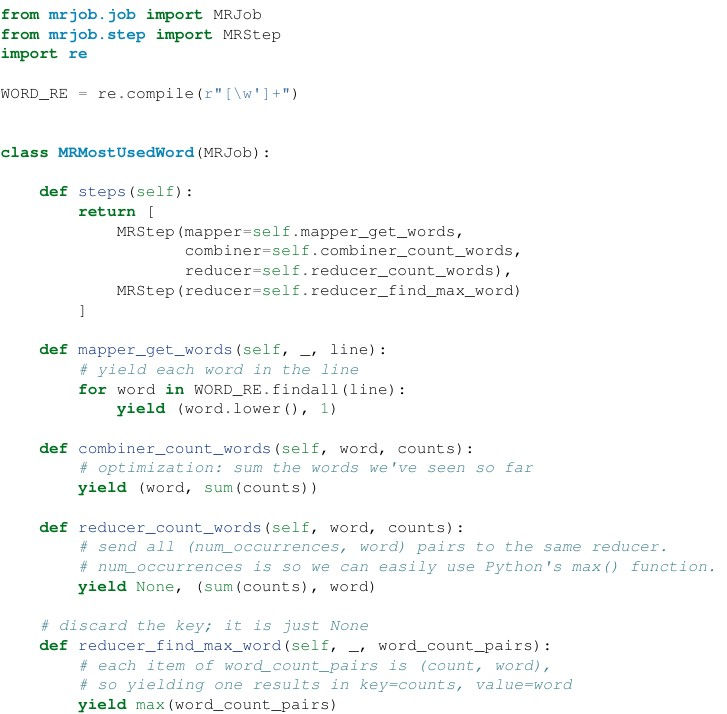Web Application For Scraping Mission-to-Mars Data Using Python
- realcode4you
- Oct 4, 2020
- 2 min read
Updated: Nov 4, 2020

Mission-to-Mars
Background
Build a Web Application that Scrapes Various Websites for Data Related to the Mission to Mars and Displays the Information in a Single HTML Page
Objectives
Step 1 - Scraping
NASA Mars News
Scrape the NASA Mars News Site and collect the latest News Title and Paragraph Text
JPL Mars Space Images - Featured Image
Visit the URL for the JPL Featured Space Image
Use Splinter to navigate the site and find the image URL for the current Featured Mars Image and assign the URL string to a variable called featured_image_url
Make sure to find the image URL to the full size .jpg image
Make sure to save a complete URL string for this image
Mars Weather
Visit the Mars Weather Twitter account and scrape the latest Mars Weather Tweet from the page
Save the Tweet text for the weather report as a variable called mars_weather
Mars Facts
Visit the Mars Facts webpage and use Pandas to scrape the table containing facts about the planet including Diameter, Mass, etc.
Use Pandas to convert the data to a HTML table string
Mars Hemispheres
Visit the USGS Astrogeology site to obtain high resolution images for each of Mar's hemispheres
Save both the image URL string for the full resolution hemisphere image, and the Hemisphere title containing the hemisphere name.
Use a Python dictionary to store the data using the keys img_url and title
Append the dictionary with the image URL string and the hemisphere title to a list
This list will contain one dictionary for each hemisphere
Step 2 - MongoDB and Flask Application
Use MongoDB with Flask templating to create a new HTML page that displays all of the information that was scraped from the URLs above
Convert Jupyter Notebook into a Python Script called scrape_mars.py with a function called scrape that will execute all of the scraping code from above and return one Python Dictionary containing all of the scraped data
Create a route called /scrape that will import the scrape_mars.py script and call the scrape function
Store the return value in Mongo as a Python Dictionary
Create a root route / that will query the Mongo database and pass the Mars Data into an HTML template to display the data
Create a template HTML file called index.html that will take the Mars Data Dictionary and display all of the data in the appropriate HTML elements
If you are looking solution of this web application then you can send your assignment details at:
realcode4you@gmail.com



Comments